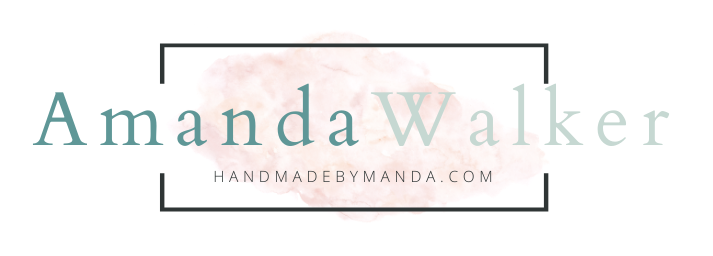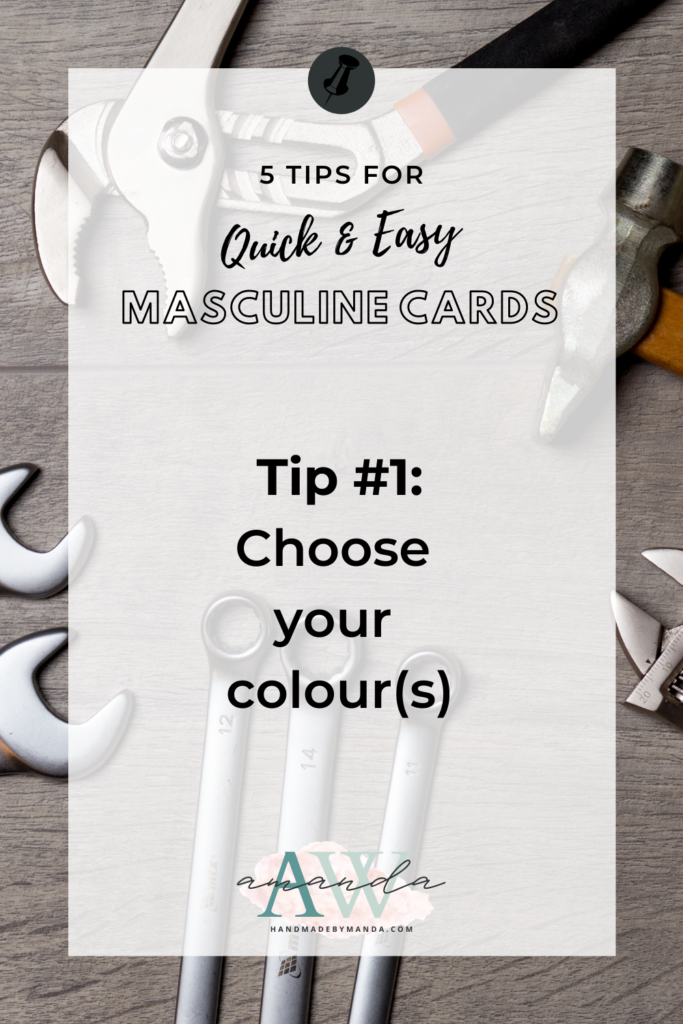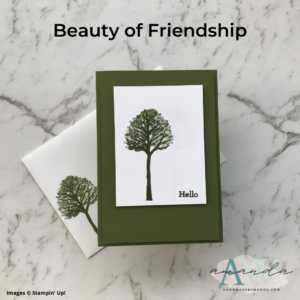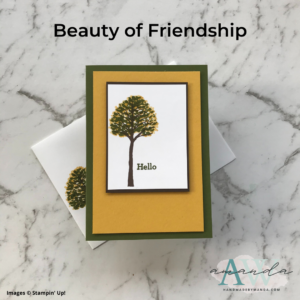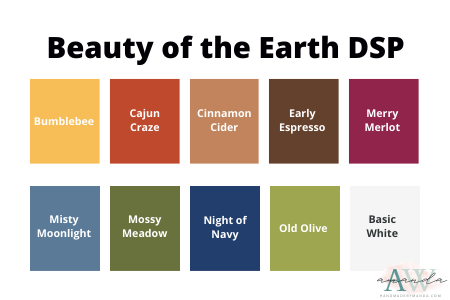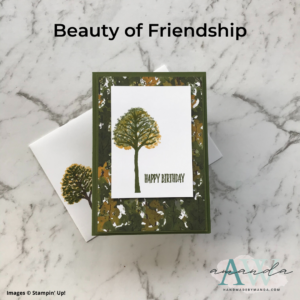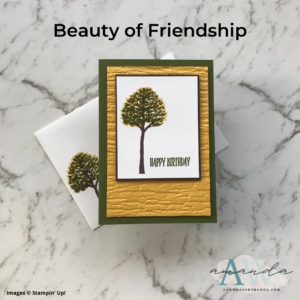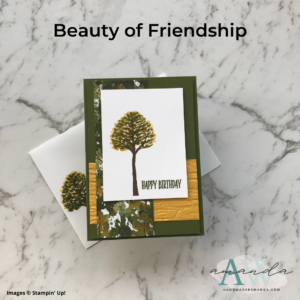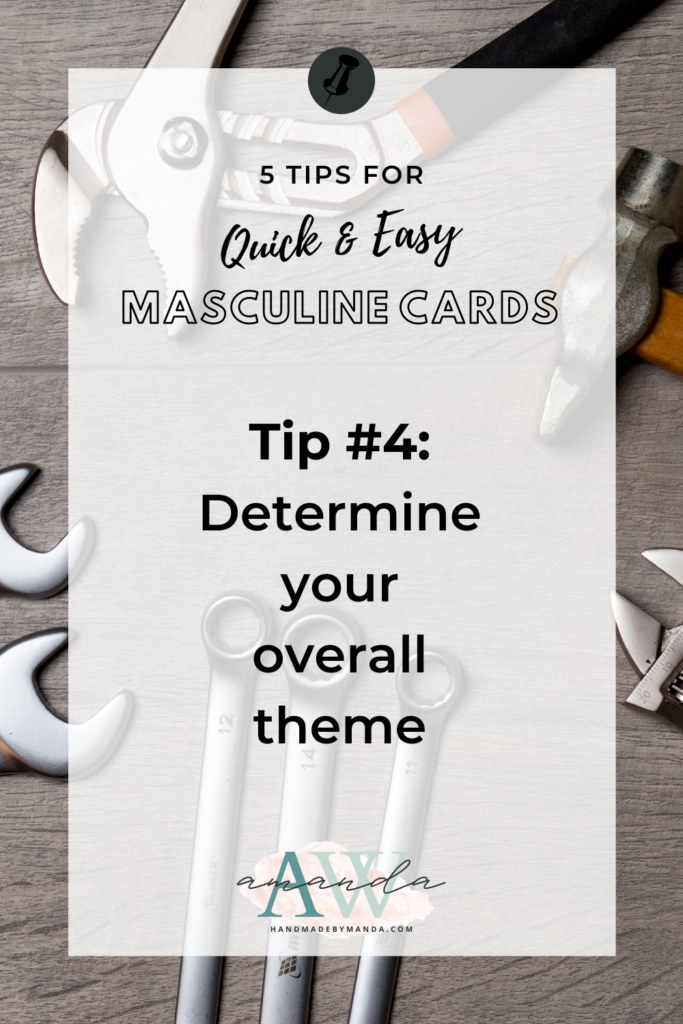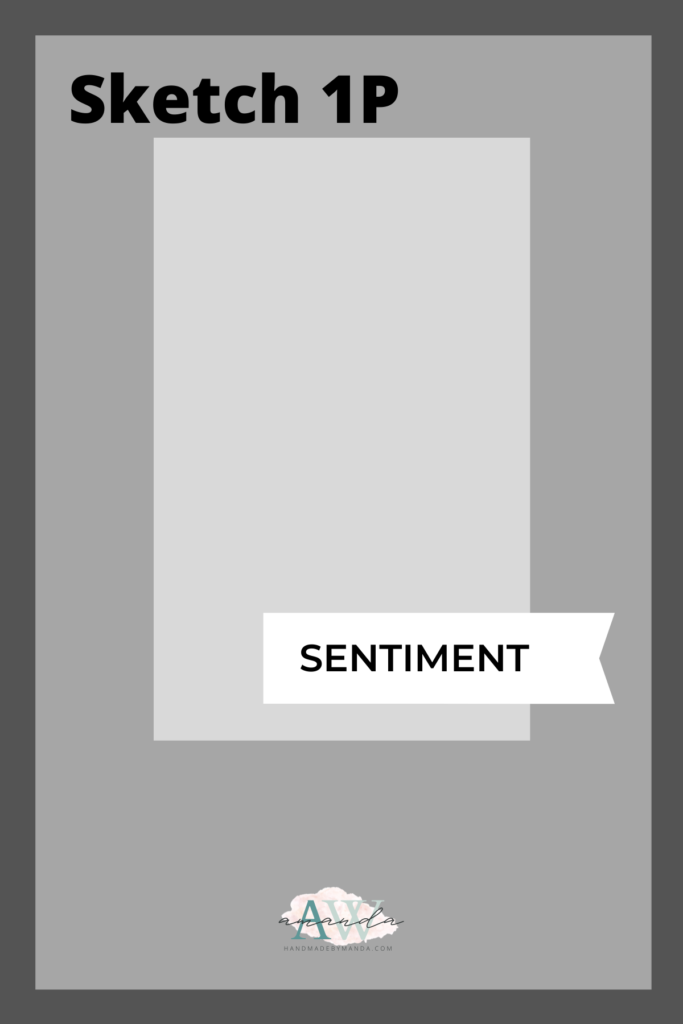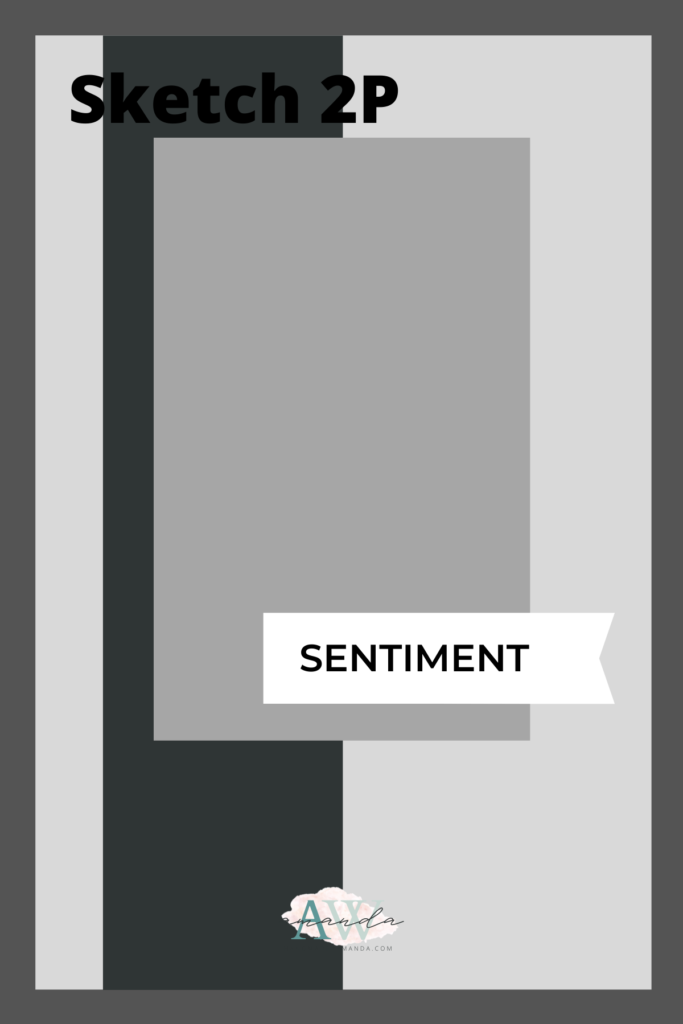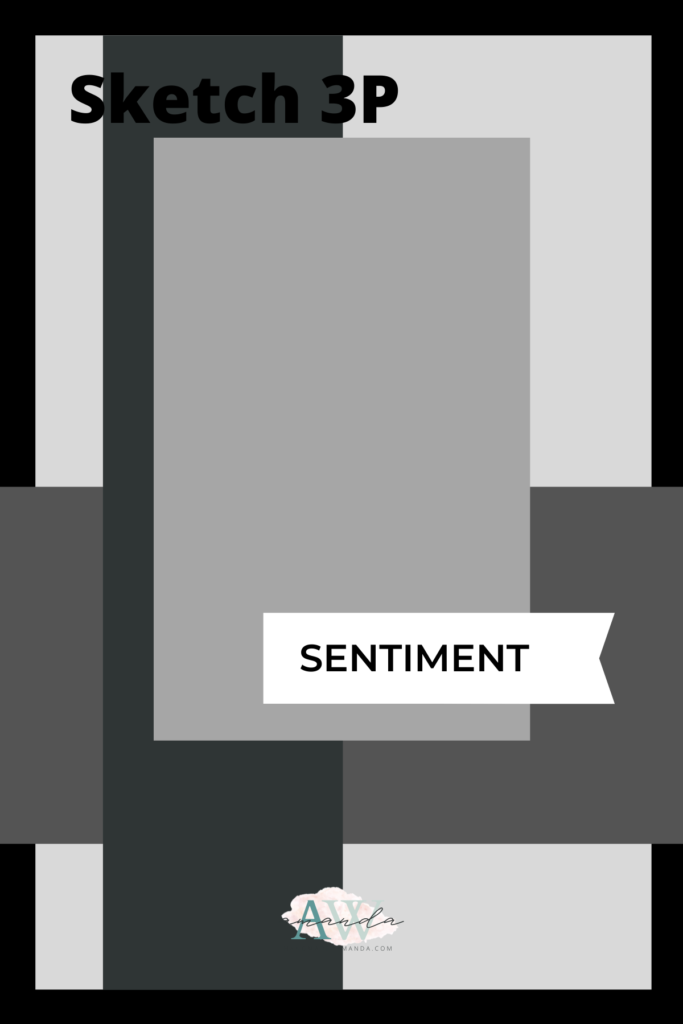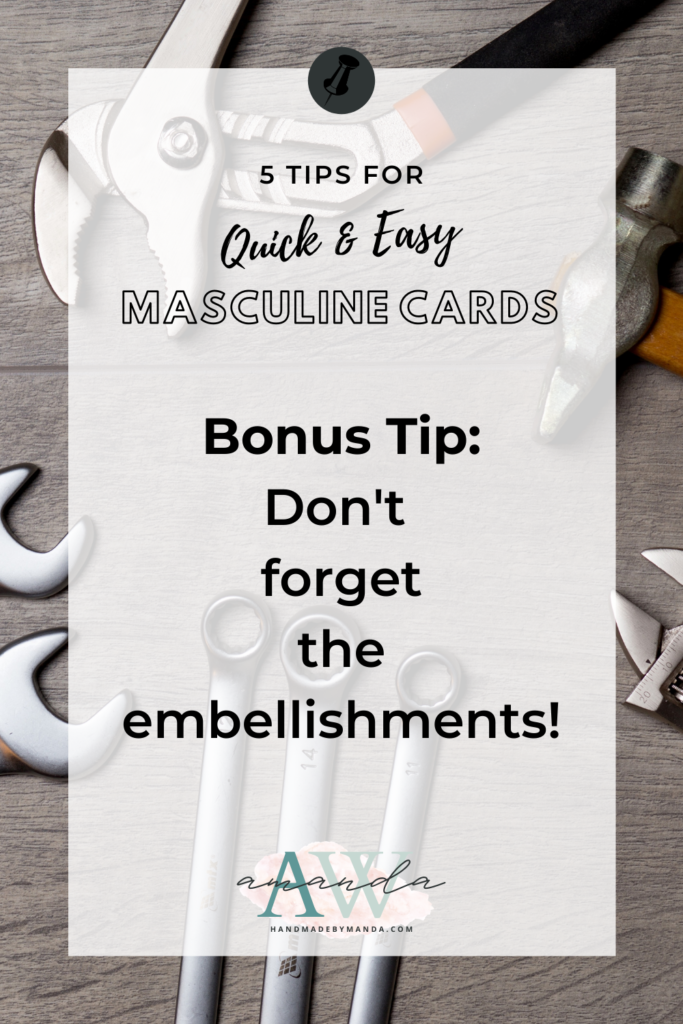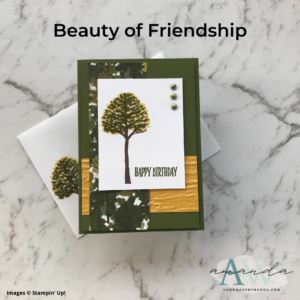Quick & Easy Masculine Cards
One of the things I get asked the most is for ideas and instructions on how to make quick and easy masculine cards. There seems to be a real perception that masculine cards are hard to make but they’re not that hard, not really. I reckon we make it harder than it should be by simply overthinking it.
So, I want to give you my ‘secret formula’ for making quick and easy masculine cards!
My ‘secret formula’ for quick and easy masculine cards is made up of 5 key style elements:
- Colour
- Pattern
- Texture
- Layout
- Theme
Let’s take a closer look at each of them.
First up, you need to decide on your colour.
A lot of people stay with muted or rich tones in blues, greens and reds. Others tend to stay with neutral tones of browns, greys and black. Some even venture into bright, vibrant and cheery tones in any of the above colours.
I tend to switch between any or all of them, depending on the specific requirements for the card, such as the occasion, the recipient, and/or other elements being used; for example a particular piece of patterned paper or a chosen theme.
Now, you can create your card in ‘monotone’ (using just one colour) but most people like to include a variety because it makes it more interesting to look at. Here you can see I’ve created one card in Mossy Meadow (monotone) and a second by introducing Bumblebee and Early Espresso as well.
There are many ways in which you can select your colour palette, but one of the easiest is to just use the range of colours contained within any Designer Series Paper (DSP) or patterned paper pack, which is what I’ve done for the second card (above).
You can do this for any of the Designer Series Paper packs in our catalogues. Our artists have made it really easy to know what colours look good together. Why don’t you check out the colour options for your favourite DSP in your copy of the catalogue and use those colour palettes in your next project? Don’t have a copy of the current catalogue(s)? You can request one from me here.
One of the easiest elements to include in any card project is Designer Series Paper (DSP) or patterned paper. I took inspiration from the colours in the Beauty of the Earth DSP to create the cards I’ve made already, so it was an easy choice to also include this paper for my next card, but you can use any patterned paper that you have.
I love how the pattern of the paper just fills up the background without taking too much attention away from the focal image. Combining colour and pattern is a great way to make masculine cards.
Textural elements always bring an added interest to your card design. Adding texture can be as easy as embossing a piece of cardstock with an embossing folder, or including a variety of die-cuts.
What I’ve done here is to swap out the patterned paper and emboss the Bumblebee background with the Bark 3D embossing folder. I like the interesting texture it adds in the background, but again, it doesn’t detract too much from the focal image.
If you’re just starting out on your cardmaking and crafting journey, you most likely won’t have all of the fancy tools and equipment needed to emboss or die-cut cardstock, so you can actually just take your piece of cardstock and crumple or screw it up and then flatten it back out, to create a simple textural element for your projects like this.
And then, look what happens when you combine texture with colour and pattern…
A more advanced texture technique is embossing paste: just used straight from the tub or coloured to match; used stand alone or combined with masks (aka stencils), but I haven’t done that for any of these examples here.
A lot of the time, nature is used as a theme for creating cards – for both feminine and masculine. Flowers and gardens are frequently used for the ladies; whilst leaves, timber (or woodgrains) and the outdoors are used for the men, although these are not the only themes that are relevant for masculine cards. Some other suitable themes and related colour palettes that you may consider for your masculine cards are:
- metals: gold, silver, copper, bronze, brass, chrome, rust or patina
- concrete (gray) or terracotta
- galaxy, stars or space
- geometric: shapes, lines, angles
- sports
- outdoors: fishing, hunting, camping, nautical
- games: board games, cards, computer
- electronics
- tools/shed
- seasons: spring, summer, autumn, winter
Now that you’ve made all the easy decisions, it can be hard to know what to do with these elements. If you’ve read this far then you should have seen that most of the example cards that I’ve shown are all very similar. That’s because I’ve based them on a sketch – which is a kind of map or layout for how to design a card. Using a sketch is an easy way to design a card when you need inspiration for how to pull your elements together. There are many places online where you can find all sorts of sketches/layouts/maps, but this a good basic one to get started with and what I used here at the beginning.
Now, a sketch is only a guide – you do not need to be strict in exactly what the measurements are, how elements are placed or what exact elements are used. You are allowed to change anything to suit your need, your products or what you want your design to look like. A rectangle can easily become a square or circle. A sentiment can be stamped on a banner or just on the card directly.
When you compare all of the cards I have made, there are only a few small, different or added elements from this basic card sketch (above) to include the elements that I’ve described thus far to create all of the different samples I’ve shown. Here, you can see how they look in sketch form.
Now you can see how simple it is to use a sketch, I challenge you to make a card using one of these sketches and show me here.
One last thing… who says you can’t put bling or ribbon or fancy embellishments on masculine cards?
There’s no rule to say you can’t, but you do have to consider what the embellishment brings to your design.
Sometimes I use them, sometimes I don’t. It all depends on the look I am going for at the time, and maybe even who the card is being given to. Some men are ok with a little bling, some aren’t. Many probably wouldn’t care and really, most men are likely to not even notice!
There are lots of ribbon and embellishments (bling) out there that can be suitable for men. What I’ve used here are some of our new metallic gems. You just need to find a suitable item for your purpose and decide if your going to use it or not.
And there, now you have it… my ‘secret formula’ for…
Quick & easy masculine cards!
If you’ve made it this far, then you can find a PDF tutorial with all of the measurements and instructions for all of these cards, that you can download – for FREE! Just click on the link above.
